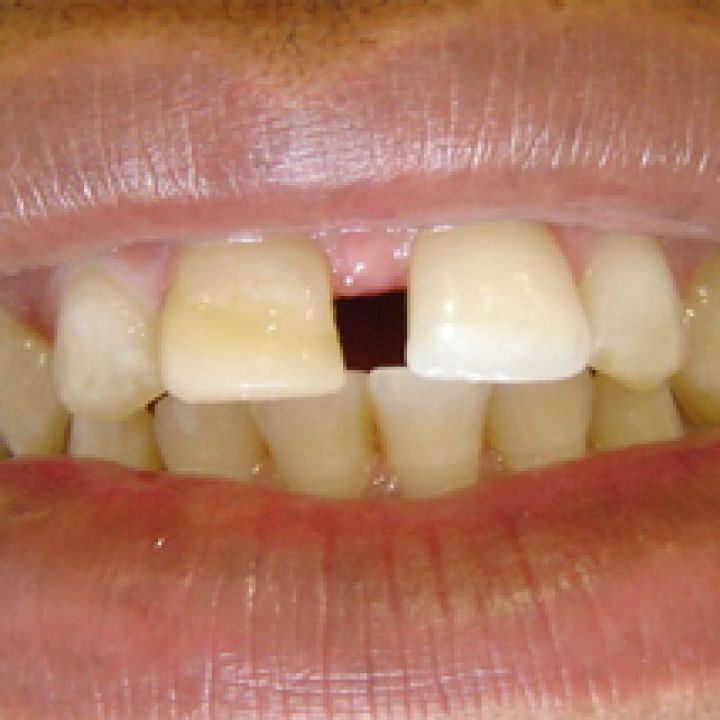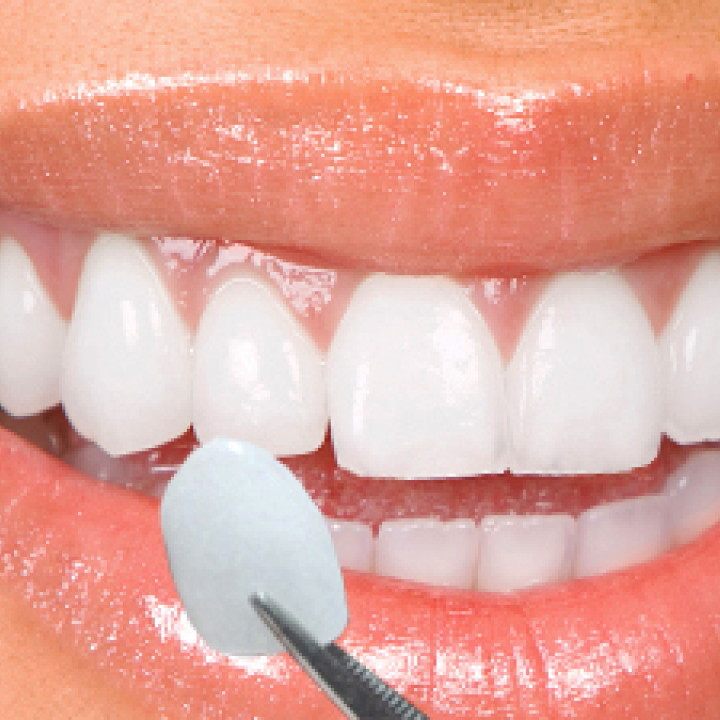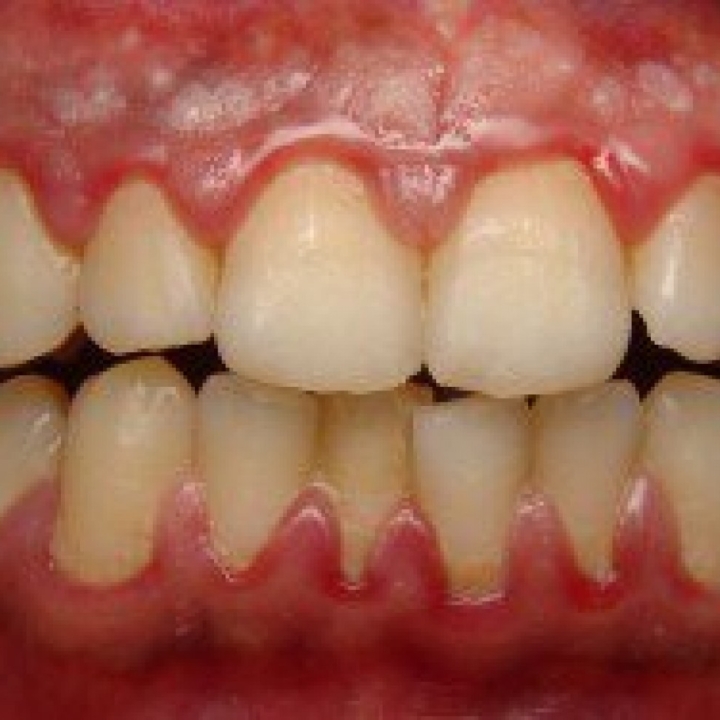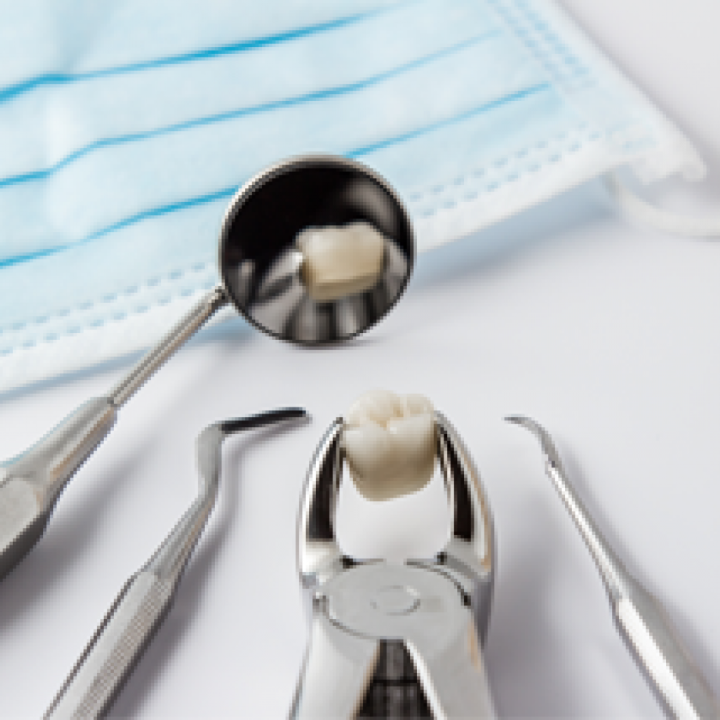Root Canal Treatment
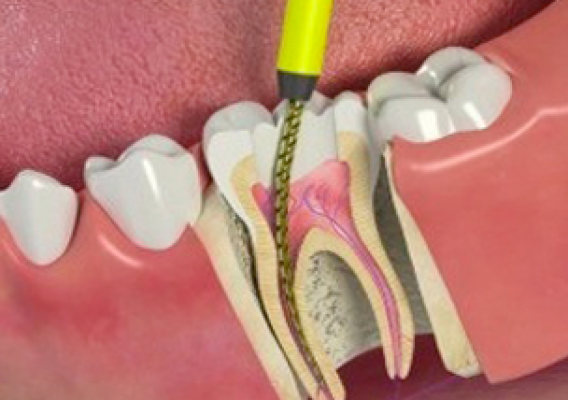
What Is Root Canal Therapy (RCT)?
Primarily it is a means of saving a tooth by the removal of the pulp that is found inside every tooth. Pulp is the term for all the tissues inside the canal, i.e. nerves, arteries and veins. After the pulp has been removed the tooth can no longer react to its environment and no longer trouble you. The huge advantage of Root Canal Therapy is that it gives the tooth a second life - the alternative is an extraction.
Root Canal Therapy includes the procedure of filling up the now empty canals that remain after removal of the pulp with special sealants and fillers. It is a tricky procedure and sometimes may take numerous appointments to complete.
Why Should A Tooth's Nerve Be Removed?
- Tooth fracture or dental decay has exposed the nerve itself
- The nerve is hypersensitive due to the exposed root surfaces or a prior dental procedure
- The nerve has died (a dead nerve will result in the formation of an abscess if it is not removed.) Any bacteria that accumulate in the close pulp chamber or root system will eventually destroy tissues and lead to the formation of liquid (pus). The pus, together with rising pressure inside this close chamber can lead to intense pain and swelling, that typically represent a tooth abscess. In many cases the development of a chronic tooth abscess can be very slow and no to little pain is present making the diagnosis a coincidence during a routine check up.
Root Canal Therapy: The Procedure
Root Canal Therapy is often done in 2 or more appointments. Curved roots can sometimes complicate the procedure dramatically and makes root canal therapy a very lengthy process.
First Appointment:
- After very good anesthesia, the tooth is opened up and the inside pulp chamber is cleaned out.
- The only way to remove dead/infected pulp, is to use a series of small files
- From this chamber towards the root tips, 1 to 4 canals are found, that lead to the root tip or apex.
- A temporary filling is placed to close the opened tooth until the next visit

Final Appointment:
- After aneastesia the temporary filling is removed and further cleaning and shaping of the canals take place.
- This could be very time consuming, because each canal (sometimes there are 4) needs to be located and cleaned right down to the root.
- The exact length of the canals needs to be determined with the help of x-rays.
- After a series of rotary instruments have shaped and cleaned the canals, they need to be dried, using a series of paperpoints.
- The dried canals get sealed off, by using rubber points.
- Now follows a Post & Core to strengthen the tooth structure.
- A final restoration follows which is often a crown to protect the tooth.
After The Nerve Has Been Removed:
Discoloration is likely to occur later, but bleaching and crowning are good options to restore the colour to its original state. In the long run the tooth becomes more susceptible to fracture and it is advisable to strengthen the tooth with some form of restoration, usually a crown. 
Can I Expect Any Pain Or Discomfort Afterwards?
Following Root Canal Therapy the tooth sometimes feels traumatized and tender. It can also be painful for a few days. This pain does not originate from inside the tooth, but is itself a response from your body's immune system. Inflammation takes place in the tissue surrounding the root and causes pain. Another factor is that if there was an infection, like an abscess, the tooth is more likely to pain afterwards, because of a stronger reaction from your body's immune system.
Care For Root Canal Therapy:
AFTER The FIRST APPOINTMENT When The Canals Are Still Open And Unfilled:
- Take anti-inflammatory medication for the first 1-2 days to alleviate excessive inflammation.
- Your tooth is very weakened, because of the temporary filling, so be careful when biting.
- DON'T bite on hard objects or eat hard crusty or sticky food that can damage your tooth.
- The temporary filling is very porous and might flake.
- Very little to moderate pain is still possible when biting down until your final visit.
AFTER The FINAL APPOINTMENT And When Treatment Is Complete:
- Expect some pain that can last for about 72-hours. It can be controlled with anti-inflammatory medication.
- Make sure your final filling / crown is not too high in the bite, because this can cause unnecessary discomfort.

- Contact your dentist to ease the restoration if necessary.
- Report back to your dentist after 6 months for follow up x-rays to determine if everything is still in order. Sometimes a painless re-infection can occur.
- Make sure you get a good final restoration / crown within 1 year of the RCT to prevent possible fracture. (The tooth is now non-vital and will get more brittle in time)
Contact us for more info on Root Canal Treatments


